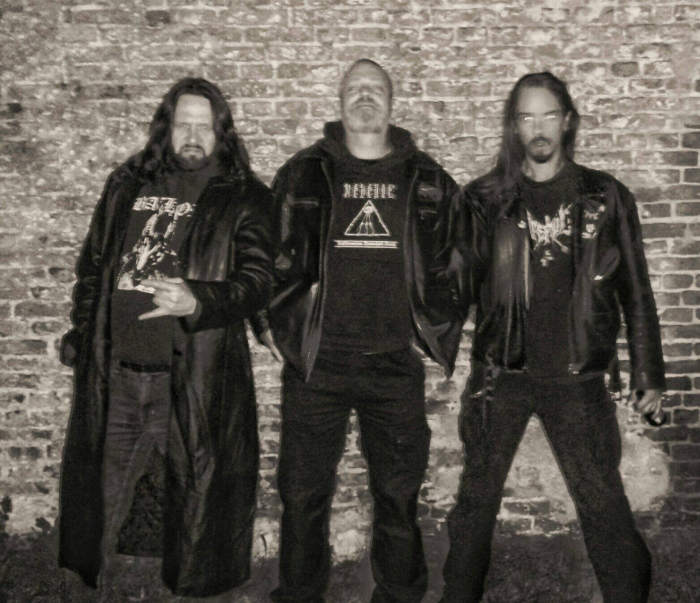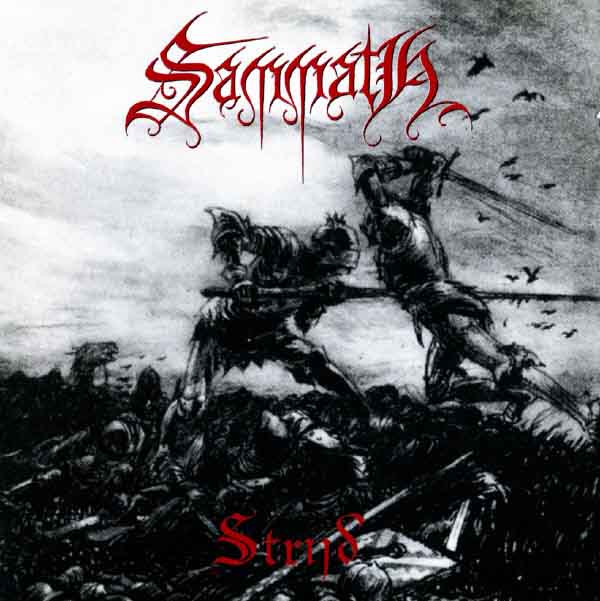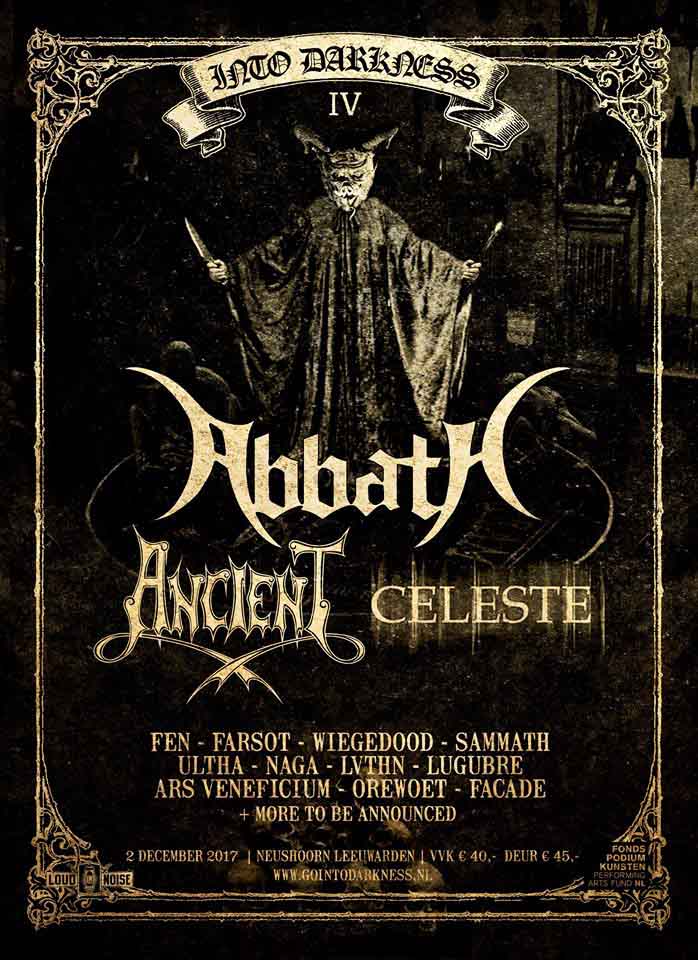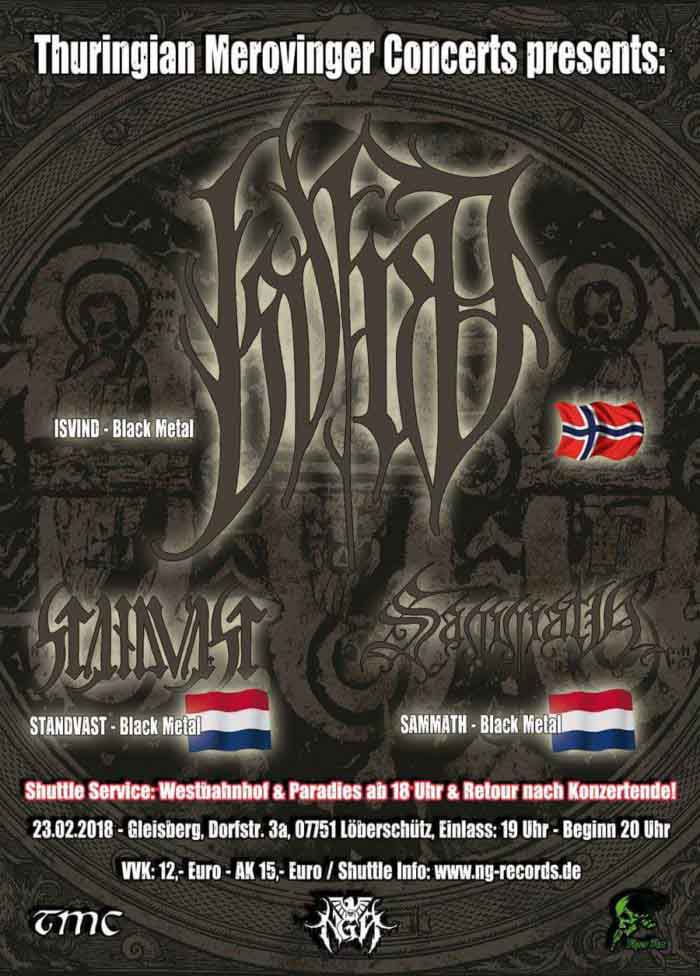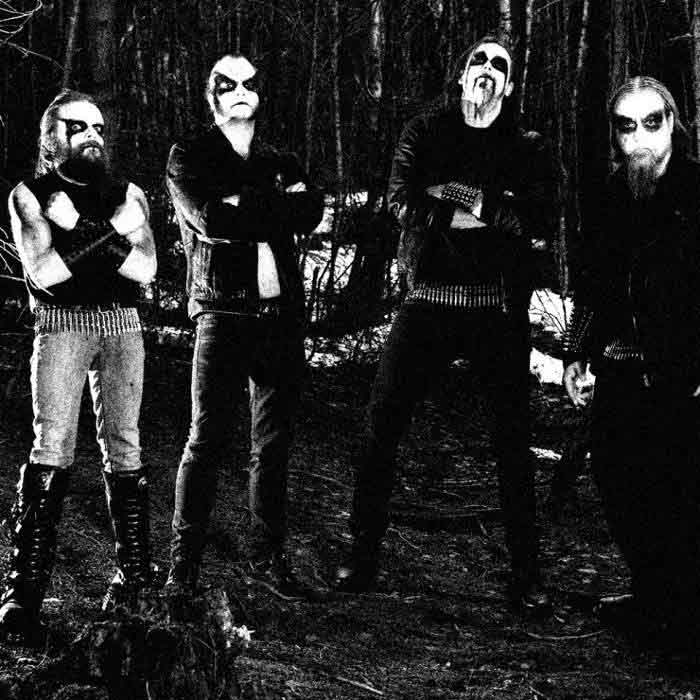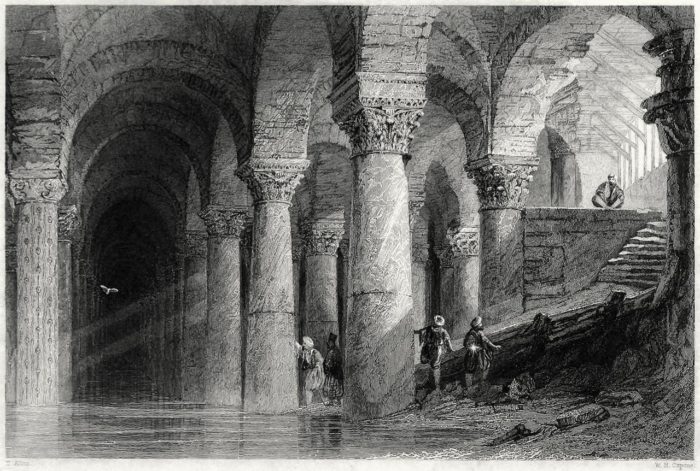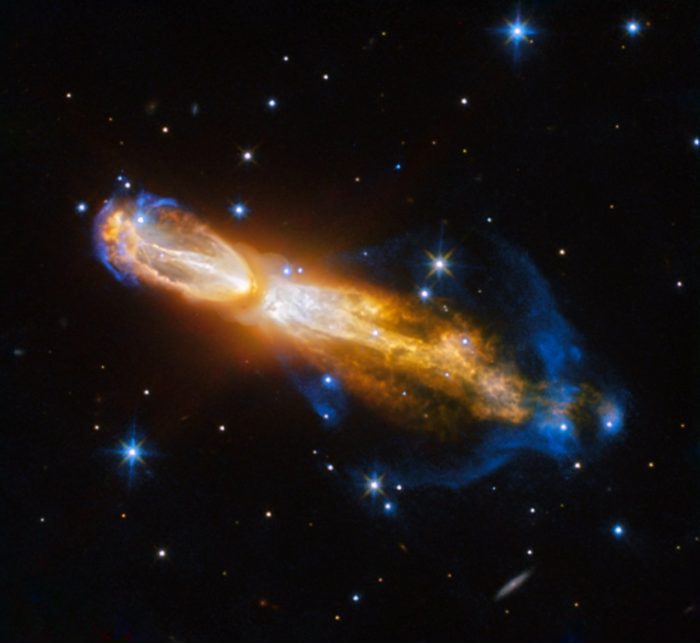Sammath‘s current lineup just played their first show. Here’s a snippet of “Thrive in Arrogance” off of Godless Arrogance. A pro shot live video will come soon.
6 CommentsSammath – “Stalingrad” Rehearsal
Check out this video of Sammath rehearsing “Stalingrad”, featuring their new drummer Wim van der Valk (Inquisitor):
30 CommentsTags: Black Metal, death metal, news, rehearsal, sammath, tour dates, video
Strijd: Black Metal Götterdämmerung
Underground metal was rapidly dying by the mid nineties. The more musically successful death and black metal bands became disenchanted with their resulting limited financial success as the hordes of poseurs poured in through the gates of Byzantium, creating commercial rock that merely imitated the tones and texture of the monumental statues of the metal greats. The more popular death metal bands tried and failed at becoming rock stars while many of the more luminous minds in Norwegian black metal bands were dead or imprisoned.
28 CommentsTags: 1999, arthur rackham, arthurian legend, article, Black Metal, excalibur, jan kruitwagen, john carpenter, king arthur, mythic, mythic imagination, Mythology, sammath, strijd
Ancient & Sammath Opening for Abbath
Ancient and Sammath are opening for Norwegian black metaller turned arena rock clown Abbath at the Into Darkness IV festival on December 2nd in The Netherlands.
1 CommentTags: abbath, Ancient, Black Metal, festivals, Into Darkness, news, sammath, the netherlands, upcoming shows
Hidden Metal In Plain Sight
Underground occult metal blog Praefuscus Ferrum recently posted a piece entitled “Underground turned Funderground, and the Obscurantist Elite” proposing that what killed underground metal was widespress consumer access to new technologies such as the internet. These and the increased exposure to fans led artistically successful underground metal bands to pursue raw consumerism at the expense of writing transcendent music. D.A.R.G. points out that “the truest artists purposefully hide away from the profane eye” as the communication mediums the underground metal utilized (physical mail, tape trading, and BBSes) have been usurped by ones more accessible to laymen. He states the underground became the “funderground” in the blink of an eye as mainstream rock and pop fans who felt adventurous wanted rock and pop music with “black” and “death” “metal” production aesthetics, not actual death, black, or even heavy metal. Now the musicians actually writing novel underground metal compositions hide unbeknownst to the typical beer metaller in plain sight.
11 CommentsTags: Black Metal, consumeriam, death metal, demoncy, desecresy, funderground, hidden metal, infamous, metal underground, praefuscus ferrum, sammath, Serpent Ascending, underground, underground metal, underground music, underground never dies
Sammath & Standvast Löberschütz Show 2/23/2018
Sammath, Standvast, and Isvind are playing a show in Löberschütz, Thuringia, Germany on February 23rd, 2018, the night before their Diabolical Echoes PT2 gig. German fans in the area should check it out as Sammath are the most ferocious current death and black metal band. Yes both death and black metal. Sammath are that good if our staff have not emphasized that enough. Standvast aren’t bad either but they’re no Sammath; Standvast are not going to go Duke Nukem on posers and hipsters like Sammath will.
3 CommentsTags: Black Metal, germany, isvind, sammath, standvast, upcoming shows
Isvind, Sammath, and Standvast Playing Diabolical Echoes PT2
Sammath and Standvast have been booked to play the Diabolical Echoes PT 2 mini-festival with Norwegian black metal band Isvind in Groesbeek in the Netherlands on February 24th, 2018. Sammath is one of Death Metal Underground’s most highly praised modern bands while Standvast is an Ildjarn-like project from Nortfalke from Tarnkappe, Kjeld, and Kaeck. Sammath has long been a mainstay of our staff’s list of the The Best Underground Metal of the year so live shows from them should be a furious storm of riffs and whiplash.
11 CommentsTags: Black Metal, festivals, isvind, nortfalke, sammath, standvast, swerc, the netherlands, upcoming shows
Metal Festers Eternal
Right now, above the metal underground there is what was coined, I believe originally by Pogrom from Arghoslent, the “Funderground”. The funderground consists of independent labels, sometimes mainstream distributed, releasing thousands of albums each year full of rehashed material or rebranded three-chord hardcore with different superficial aesthetics to fuel a bar show audience’s drunken moshing or make hipsters feel smart for liking an indie rock release with a dirty production. One can see this divide in most of the popular “underground” web forums such as those of Nuclear War Now! and Full Moon Productions. The most popular “underground” “metal” releases of each year are all older metal rehashed into pop-rock structures or rebranded hardcore. This divide is similar to what is felt in mainstream Western culture with the leftist “elites”‘ constant Marxist virtue signaling and branding freethinkers with various epithets for refusing to chant the praises of socialism mandated by the vanguard party.
32 CommentsTags: ananku, best of, Black Metal, death metal, elitism, funderground, Godless Arrogance, Heavy Metal, hipster invasion, james hetfield, kaeck, metallica, sammath, Serpent Ascending, Stormkult, underground, underground metal, underground music
Metal Will Never Die
Online music magazine Perfect Sound Forever (nice job stealing the 1980s advertising slogan for the then new CD format) recently posted a piece entitled “Metal For the New Millennium” by an idiotic hipster named Cam Netland who said that metal was a limited music genre as result of being a “as an offset of rock music”. Netland claims that metal became “more hardcore” as a result of the “radicalization” of other genres in this period citing staid examples such as Bad Brains (softened hardcore punk for idiotic affirmative action multi-culturalists) and Public Enemy (rap made into pop music with tough street gang lyrics to make suburban white jocks feel good about their short penises). He goes onto claim that metal is divided into many “micro-genres” and that the new millennium has seen the rise of many new ones such as what Neton terms Babymetal‘s grass-eater Japanese pop music, djent (random post-hardcore jazz fusion) Deafheaven‘s “blackgaze” (screamo pretending to be tough that is neither black metal nor shoegaze), and Vektor‘s random techno speed metal idiocy. Netland cites such turd non-metal albums as Mastodon – Leviathan (alternative rock), Converge – Jane Doe (post-hardcore math rock), and System of a Down – Toxicity (nu-“metal” which is in actuality of course rap rock).
39 CommentsTags: Ancient, Black Metal, black sabbath, burzum, cam netland, Euronymous, hipsters, mayhem, metal history, metallica, music theory, perfect sound forever, sammath, sodom
Sammath Strijd and Godless Arrogance T-Shirts
Dutch cassette-only label and distro Zwaertgevegt is printing Sammath shirts with designs from Strijd and Godless Arrogance. I believe this is the first time an official Strijd shirt has ever been printed. There will be a maximum of fifty shirts of each design so fans of one of the best modern black metal bands should contact Zwaertgevegt to order quickly if they desire one.
1 CommentTags: argentinan black metal, Dutch black metal, Godless Arrogance, merch, sammath, shirts, strijd, the netherlands, tshirts, zwaertgevegt
